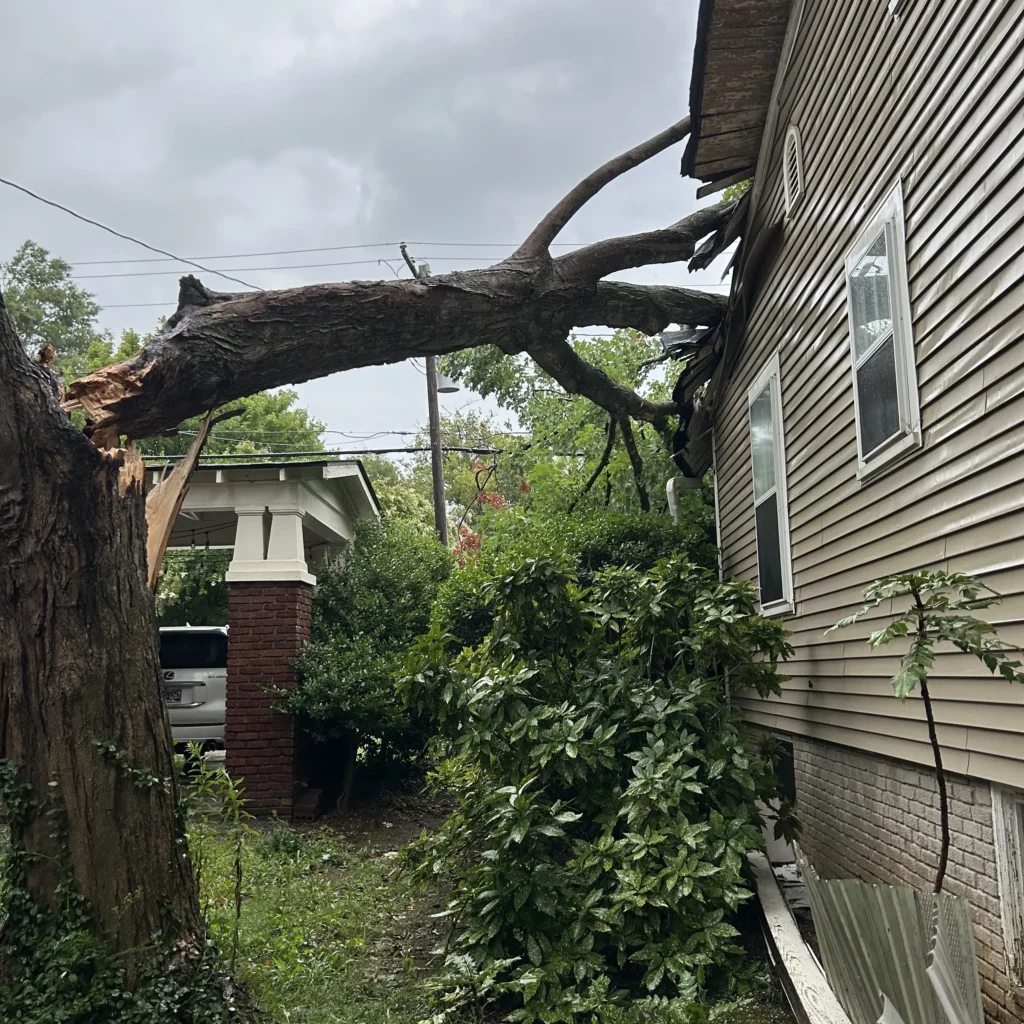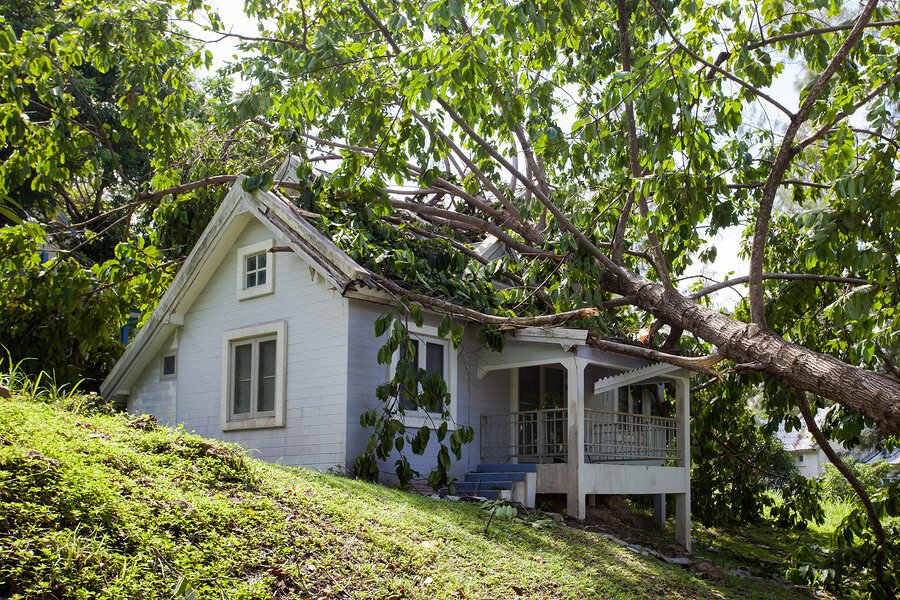Trees add immense beauty, shade, and environmental benefits to properties. But they can also present challenges—especially when branches fall unexpectedly onto your property. Fallen branches can cause damage to your home, vehicles, fences, or landscaping, raising an important question: Who is responsible for cleaning up and covering the costs?
This article explores the complexities of responsibility regarding fallen branches, including legal principles, practical prevention tips, and how to handle disputes with neighbors. Understanding these issues will help you protect your property and maintain good relationships.
Why Fallen Branches Become a Problem

Fallen branches can occur due to:
- Natural events: Wind, storms, heavy snow, or ice accumulation.
- Tree health issues: Disease, decay, or weakened limbs.
- Lack of maintenance: Neglected or poorly cared-for trees.
- External factors: Construction or soil disruption weakening root systems.
Branches can fall directly from your own trees or from your neighbor’s trees, complicating the question of responsibility.
Legal Principles: Understanding Responsibility

Liability for fallen branches depends on a variety of factors and can vary by jurisdiction. However, several common legal concepts apply:
1. Ownership of the Tree
- The owner of the tree is generally responsible for the condition of the tree.
- If a branch falls from a neighbor’s tree onto your property, your neighbor usually owns that tree and may be liable.
2. Negligence and Reasonable Care
- Tree owners have a duty to maintain their trees reasonably.
- If the owner knew or should have known the tree or branches were hazardous and failed to act, they can be held liable for damage.
- If a healthy branch falls due to an unforeseeable natural event (an “act of God”), liability may not apply.
3. Boundary Issues
- If a branch or root crosses a property line, neighbors typically have the right to trim it back to the boundary—provided they do not trespass or harm the main tree.
- Fallen branches physically on your property are generally your responsibility to remove, even if from a neighbor’s tree.
Step-by-Step Approach to Fallen Branches

Step 1: Inspect and Document
- Safely assess the situation and document any damage with photos.
- Determine whether the branch came from your tree or a neighbor’s.
- Note any circumstances like recent storms, visible disease, or neglect.
Step 2: Notify Your Neighbor (If Applicable)
- If the branch came from your neighbor’s tree, inform them politely.
- Share photos and explain any damage caused.
- Discuss options for cleanup and potential tree maintenance.
Step 3: Clean Up
- You are generally responsible for removing fallen branches on your property.
- For large or hazardous branches, hire professional tree services.
- Keep receipts if you expect to seek compensation.
Step 4: Prevent Future Issues
- Regularly inspect and maintain your own trees.
- Ask neighbors to do the same, offering help or recommendations if appropriate.
- Consider installing protective measures like root barriers or pruning problematic limbs.
Handling Disputes Over Fallen Branches

Disputes over fallen branches can escalate if not handled tactfully. Here are some tips:
- Communicate calmly: Approach your neighbor without accusations.
- Use mediation: A neutral third party can help resolve conflicts.
- Know your rights: Consult legal advice if disputes persist.
- Avoid DIY legal action: Don’t cut or remove trees beyond your property without consent.
Insurance and Financial Responsibility

- Check your homeowner’s insurance policy; many cover damage caused by fallen branches.
- Your neighbor’s insurance may be liable if their tree was neglected.
- Keeping clear documentation is critical for claims.
Conclusion: Responsibility Requires Care and Cooperation
Fallen branches pose risks but can also be an opportunity for neighbors to work together. Responsibility depends on ownership, care, and circumstances, but good communication, timely maintenance, and clear understanding of the law can keep your property safe and relationships strong.

Leave A Comment